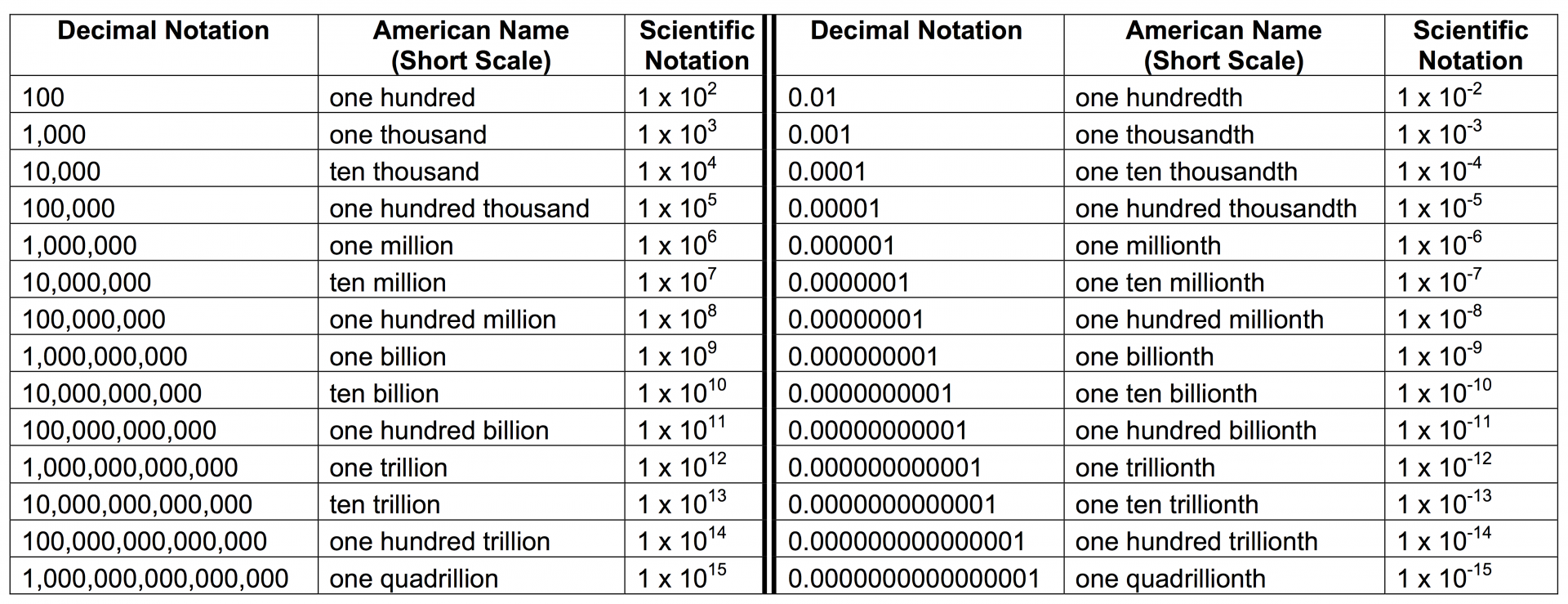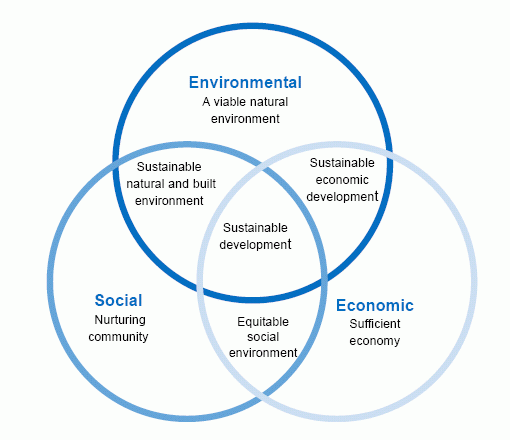Using the Small Numbers

Is a 1 percent gain ever good enough? How about 1/10 of 1 percent?
A few months ago, I discussed opportunities to improve cash flow with a potential client. This procurement officer really wanted to make a name for herself, so she wanted to create a project that would produce some eye-popping results (her words). Even as a medium-sized company, cost of goods equated to roughly $700 million. I suggested to set a goal of improving cost of goods by 1 percent within the initial project.
“One percent?” she responded. “That is a ridiculously small number. We should reduce purchasing costs by 20 percent!”
It did not matter that the 1 percent was achievable through some process changes, with no major projects required. It did not matter that the 1 percent would create enough savings to fund a much broader effort to create even more savings. This manager felt that it would be an insult to propose to the senior officers a project that only created a 1 percent gain on a $700 million cost base.
One percent of $700 million is $7 million. That $7 million would be an incremental direct improvement on cash flow. It could be done quickly, without investment. And it could fund the larger project she had in mind, so that she would not have to go to senior management and ask for limited cash.
Create cash to create more cash. That is what great managers do.
There's a great example of this in a story about data analytics that appeared in Bloomberg Businessweek. US Xpress uses the QUALCOMMs in the cabs of its fleet to separate the "guzzlers from the misers," according to Timothy Leonard, company CTO.
What they did is an example of the power of using small numbers. US Xpress monitors the cab air temperature during a driver's 10-hour break. So for the first few hours that the drivers are on break they leave the temperature at 70°. But after a few hours, they allow the temperature to rise to 78° or 79°. US Xpress calculated that this lowered annual fuel consumption by 62 gallons per truck. Sixty-two gallons doesn't sound like a lot until you multiply it by the reported 10,000 tractors in the fleet. That's where the savings grows to a reported $24 million a year.*
* Note: I always advise my clients to check the facts reported in the media because fact checking by the business media is often spotty at best. In the case of the US Xpress: Transport Topics reports in the annual Top 100 For Hire Carriers Report, that US Xpress has 6,772 company-owned tractors, 1,745 contracted owner-operators, and 9,250 employees. So is the $24 million real? $24 million is 5,333,330 gallons of diesel at $4.50 per gallon. Divide the gallons by the 6,772 tractors in the owned fleet and that works out to 696 gallons per truck. Even if the owner/operator tractors are included, we are still at 626 gallons. The Bloomburg Businessweek article is very wrong, and it is a perfect illustration of bad reporting and editing in the media today.
 Let's work through the real savings. Assuming the 62 gallons per tractor unit is accurate, the company saves 419,864 gallons of diesel at $4.50 a gallon: the savings equals $1,889,388. Not as exciting as 24 million, but still better than a sharp stick in the eye.
Let's work through the real savings. Assuming the 62 gallons per tractor unit is accurate, the company saves 419,864 gallons of diesel at $4.50 a gallon: the savings equals $1,889,388. Not as exciting as 24 million, but still better than a sharp stick in the eye.
Years ago, I was introduced to the idea of building dollars out of pennies. Our projects focused consistently on finding ways to trim a little bit more cost. We didn't focus on labor, we focused on materials and energy. You can improve labor productivity but fail to monetize it. The same is not true when you reduce waste or reduce energy consumption. Finding a way to reduce cost in a repetitive activity is never sexy—until you add up the savings.
Business operations leak little tiny bits of cash all over the place. Just like an old ship's hull, little scraps of cash are wasted in the operations. Most people walk over these opportunities in search of the big dollar bills, which are so attractive. It's so counterintuitive to pass the dollars to pick up the pennies; there's even a saying about being penny-wise and pound-foolish. But the truth of the matter is, the dollars are very hard to capture, and there is a risk that you will never capture them. Picking up the pennies is easy, and if you do it enough times, automating it into your processes, those pennies multiply into dollars.
The pennies live—and the devil lies—within the details. Looking through your processes for the 1 percent improvements, and stringing those improvements together, helps create the funding that a manager needs to create more savings.
I advise my clients to think like a CFO. I long ago learned how to sell a project to any competent chief financial officer. I didn't ask for money, I offered cash in the form of a return. I would start the conversation with the line, "I have a return for you."
The CFO would always respond with three questions, "How much of a return? How fast will it happen? And how sure are you of it?" The returns I would present were never huge, but they were sufficient to get his attention. They always took less than a year, sometimes as little as 90 days. And they always made logical sense and could be clearly demonstrated and justified. Using that model, I could get projects authorized that others couldn't. Why? Because they were small, simple, and held little risk of failure.
In baseball we all get excited about the heavy-duty home-run hitters. But the team that consistently wins games consists of players who consistently hit well and make it to first base. An inning of 10 singles can put as many as seven runs on the scoreboard. Home run hitters strike out much more often than they get on base.
There is beauty in the small numbers.


